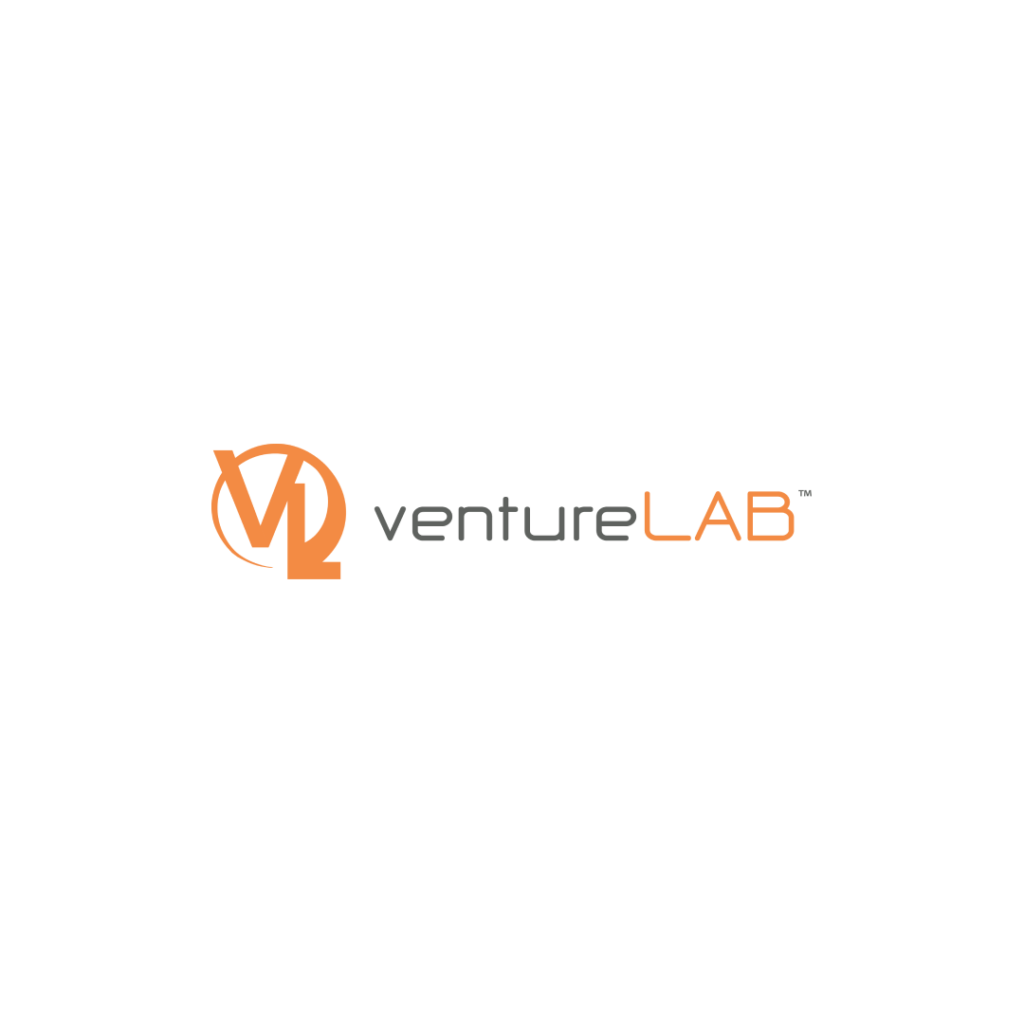Home » Intellectual Property Deep Dive: The four pillars of patentability
Intellectual Property Deep Dive: The four pillars of patentability

This article is the first in a 5-part series. ventureLAB’s experts cover everything you need to know when filing for IP protection. Over the next six weeks, we’ll release articles on the following topics. Sign up for our newsletter to be the first to know when we release an article.
- Part 1: The Four Pillars of Patentability
- Part 2: A Beginner’s Guide to Patenting Software and Artificial Intelligence
- Part 3: Use It or Lose It: How to Acquire and Protect your Trademarks
- Part 4: Don’t You Forget About Me: Protecting Your Company’s Copyrights
- Part 5: The IP Hidden Gems: Trade Secrets and Industrial Designs
Patents fuel innovation by protecting inventions. In order to be eligible for patent protection your invention must be (1) patentable subject matter; (2) novel; (3) non-obvious; and (4) useful. Here we will discuss each of these criteria in detail.
Patentable Subject Matter
Patents protect inventions which are defined as any new and useful art, process, machine, manufacture or composition of matter or improvements on them. While this is a somewhat vague definition, it includes inventions with physical existence, meaning that an idea does not qualify for patent protection. Excluded subject matter also includes scientific principles and abstract theorems. Generally, this is interpreted as formulae, natural phenomena and laws of nature. Thus, if you were to discover a new element you would not be permitted to patent that element. Further, algorithms per se are not eligible for patent protection, which is particularly relevant to software inventions. While computer code is not patentable, an algorithm in combination with a computer as a single invention may sometimes be considered patentable subject matter. This will be discussed in ‘A Beginner’s Guide to Patenting Software and Artificial Intelligence’ (stay tuned for release by signing up for our newsletter.) Non-Patentable subject matter is an unsettled field of the law and a patent professional should be consulted to determine the likelihood of success if it is a concern.
Novelty
Novelty requires that an invention be new. This is assessed based on the prior art, which can include any public disclosure anywhere in the world. Common examples of prior art include existing patents (active, expired or abandoned), patent applications and academic journal articles. The existence of prior art which describes your invention is known as anticipation. Novelty is assessed on a claim-by-claim basis, which means that if you have 10 claims in your patent application one claim may be anticipated by a piece of prior art but the other claims can still be considered novel. Consider the following example: A piece of prior art describes a chair as a seat with 4 legs and a back. Your patent application includes the following claims:
- A seat with 4 legs attached to the seat and a back attached to the seat.
- The seat of claim 1, further comprising wheels on each of the 4 legs.
The prior art would anticipate claim 1, but claim 2 would be considered novel over the prior art. (*Assuming in this hypothetical example that chairs with wheels have not yet been invented) Prior art eligible to anticipate your claims is assessed based on the claim date. This means that any prior art publicly available prior to your claim date is relevant. Further, as the patent system is a first-to-file system this means that a co-pending application which was filed prior to your application can also be considered prior art. As patent applications are not published until 18 months after filing, even a thorough prior art search may not identify these co-pending applications. In addition to being anticipated by the prior art of others, self-anticipation becomes a risk when you have disclosed your invention before filing. Canada and the United States have a one-year grace period, meaning that if you have disclosed your invention you have one year to file an application in those countries. If you attempt to file after the one year period your previous disclosure can be counted against you as prior art, thus anticipating your own invention. Many other countries do not have grace periods and any disclosure may bar you from being able to obtain a patent in those countries. For more details on disclosure see It’s My Invention, Why Can’t I Talk About It?
Obviousness
Similar to novelty, obviousness is assessed based on the prior art. However, unlike novelty which requires a single piece of prior art to disclose the entire invention, the examiner can combine multiple references when assessing obviousness. The assessment of whether a claim is obvious is assessed from the perspective of a person skilled in the art. This can be a complicated topic, as this skilled person is entirely hypothetical. They are considered to possess all the relevant knowledge in a field, but lack creativity and inventiveness. This is where the challenge may arise, since you as an inventor likely have similar knowledge but possess the creative spark which brought you to the patent office in the first place. The obviousness question looks at that creative spark, and attempts to determine whether that spark is enough to bring your invention above everything else that already exists in the field. To do this, the patent examiner will consider all the information from the prior art to decide whether the invention is an obvious or trivial step over the prior art. This can be especially difficult due to hindsight bias. Remember, patent examiners are only human! Given that the examiner has already read about your invention, it can be difficult to assess all the existing knowledge having to pretend they don’t know about your invention. For example, the insulation sleeves you put around your coffee cup so you can hold it without burning your hands seems like an obvious solution to hot cups of coffee. However, that was a patented invention, that only now seems obvious in light of the solution.
Utility
Utility requires an invention to be useful. For an invention to be useful it must be capable of functioning as described. This means if your patent application describes a laundry folding robot the information in the patent application must actually be capable of producing a laundry folding robot. Even if the proposed laundry folding robot is unable to perform as described but is capable of driving a car it will not be considered useful as an invention cannot be saved by an unrelated use. However, the utility requirement does not have a judgment aspect. The threshold to meet the utility standard is quite low, meaning a simple, single use is sufficient. For example, going back to the insulated coffee sleeve, the use of the sleeve is to prevent coffee drinkers from burning their hands. It indeed achieves this function and is thus considered useful. The fact that it is a “simple” invention with a single purpose is immaterial. Utility does not always need to be explicitly defined in the invention. However, if challenged, you must be able to demonstrate utility. This can be done by demonstration or sound prediction. Demonstration is fairly straightforward, such that you can demonstrate evidence that the invention works as described. Alternatively, where demonstration is not possible sound prediction can be relied upon. Sound prediction means that the invention can be predicted to work as described based on an established factual basis. This is often applicable when relying on established scientific laws and principles. For instance, many chemical compounds have predictable effects based on the family to which they belong. Thus, a patent application claiming a large family of chemical compounds may have only tested a few and the remaining may be soundly predicted based on belonging to the same class of compounds. It is important to note that utility must be demonstrated as of the filing date. Thus, if you are submitting data to support the utility of the invention, the data must have been acquired no later than the filing date. Testing and modifications done after the filing date of the application cannot be used to support the utility of the invention.
Conclusion
Usefulness and non-patentable subject matter considerations can generally be assessed by an experienced patent professional based on their assessment of your innovation. Addressing novelty and obviousness considerations require an awareness of the prior art on the subject, typically achieved by a prior art search. While no search can provide a review of all prior art, the search undertaken by a Patent Agent parallels a patent examiner’s process. They generally search paid patent databases in addition to undertaking a basic internet search. They may also cover scholarly publications. Based on their findings they can provide an opinion as to the novelty and/or obviousness of your invention and ultimately, of its patentability, though it is always possible that an examiner may find different prior art. If you are successful in obtaining a patent it is important to note that patents are negative rights. A patent does not give you the right to practice your invention, rather it gives you the right to exclude others from practicing your invention. For example, if your invention relates to an improvement on smartphones you would likely rely on existing smartphone patents in order to realize your invention. Having a patent does not give you the right to infringe on the existing patents in order to practice your invention. However, you do have the right to prevent other smartphone innovators from using your patent to further their technology. ventureLAB can help you navigate your IP strategy. Located at the heart of Ontario’s innovation corridor in York Region, ventureLAB is a leading global founder community for hardware technology and enterprise software companies in Canada. Our initiatives focused on raising capital, talent retention, commercializing technology and IP, and customer acquisition have enabled thousands of companies to create over 4,000 jobs and raise more than $200 million in investment capital. Join us.
About the Authors

Maddie Lynch is an IP Intern from Osgoode Hall Law School where her studies focus on intellectual property. At Osgoode Maddie is part of the IP Osgoode Innovation Clinic helping inventors with the early stages of patents and trademarks. Prior to law school Maddie obtained a PhD in Neuroscience, working in an Alzheimer’s disease therapeutics lab. Most recently, she summered at Bereskin & Parr LLP, an IP law firm and looks forward to continuing her education in intellectual property law.

Jared Sues joins ventureLAB as a law student at Osgoode Hall Law School where he serves as an IP Osgoode Innovation Clinic Coordinator and focuses his studies in intellectual property. Prior to law school Jared practiced as an engineer for 9 years in Canada and the US. Most recently, he summered at OWN Innovation, an IP law firm, and looks forward to helping the next generation of innovators with their IP strategic needs.
VentureLAB
https://www.venturelab.ca/
ventureLAB is a leading global founder community for hardware technology and enterprise software companies in Canada. Our organization is led by seasoned entrepreneurs and business leaders with decades of industry experience in building IP-rich start-ups, scale-ups, and global multinationals to help you scale your business. Located at the heart of Ontario’s innovation corridor in York Region, ventureLAB is part of one of the biggest and most diverse tech communities in Canada. We enable technology startups to accelerate the commercialization of transformational products on a global scale.


